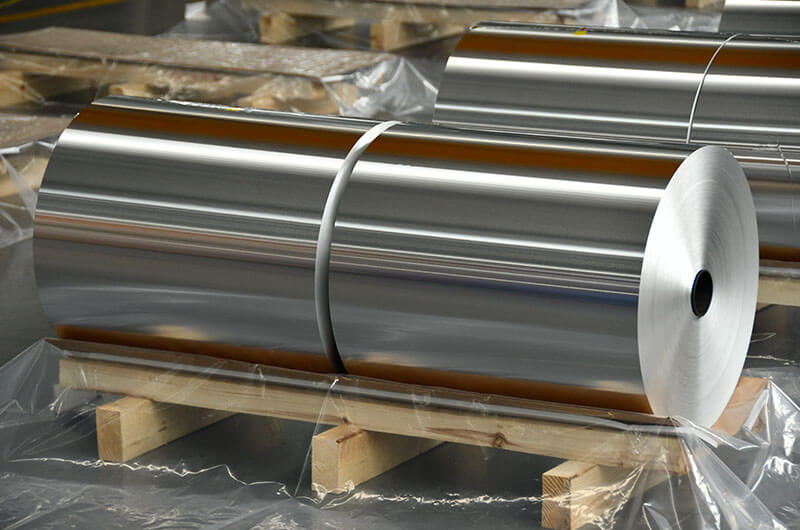Aluminum is a highly versatile material that finds extensive applications across diverse industries, particularly in the pharmaceutical sector. The unique blend of its physical and chemical properties has rendered it a popular choice for packaging medications, tablets, and capsules. Among its numerous advantages in pharmaceutical packaging, its remarkable durability and lightweight nature stand out, making it effortless to handle and work with.
Another advantage of aluminium in pharmaceutical packaging lies in its exceptional barrier properties. Used widely in medicine packaging, aluminium foil offers superior protection against external factors that could compromise the potency or stability of drugs. Furthermore, these barrier properties help to extend the shelf life of the product, crucial for pharmaceutical companies that require precise handling of their delicate drugs and medicines.
However, despite its numerous advantages, there are concerns regarding the potential health risks associated with the utilization of aluminium in pharmaceutical packaging. It is well-documented that aluminium can interact with specific medications, resulting in chemical reactions that can compromise the safety and efficacy of the treatment. In extreme circumstances, aluminium may even seep into the medicine over time, leading to the buildup of aluminium in the body.

To minimize the risks posed by aluminium in pharmaceutical packaging, it is crucial to adhere to rigorous manufacturing standards and regulatory guidelines. The packaging must be designed to minimize contact between the medication and aluminium. One effective method is to utilize coatings, such as lacquers or polymer films, to create a barrier between the drug and the aluminium foil. Furthermore, exploring alternative packaging materials, such as plastic, can be a viable option to mitigate the potential for complications caused by aluminium leaching into drugs.
It’s important to note that the use of aluminium in pharmaceutical packaging is heavily regulated and guided. The regulatory authorities require that manufacturers guarantee the safety and effectiveness of their products before they are launched into the market. The manufacturers must conduct extensive testing and analysis to ensure that the packaging materials they use are suitable for the drugs they contain and do not pose any health risks to patients.
In conclusion, aluminium is a frequently employed material in pharmaceutical packaging due to its numerous advantages. Nevertheless, it is imperative to be cognizant of the potential health hazards linked to its utilization and implement appropriate measures to minimize the risks. Utilizing alternative packaging materials and adhering to sound manufacturing practices and regulatory guidelines can help mitigate the risks associated with aluminium in pharmaceutical packaging. By doing so, the safety and efficacy of the medications we utilize can be guaranteed, which is the primary objective of the pharmaceutical industry.